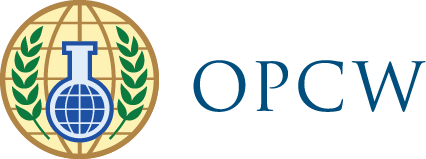Medical Management of Chemical Warfare Casualties
Symptoms and Signs of Exposure to Different Classes of Chemical Weapon Agents
| Target Organs | Classes of Agent |
|---|---|
| Central Nervous System
Seizures, coma, hypoxemia, hyperthermia |
Blood/ Nerve/ Blister/ BZ |
| Eye, Nose and Skin
Constricted pupils Dilated pupils Dry mouth and skin Eye irritation Blistering skin Cyanosis |
Nerve BZ/Blood BZ Blister/ RCAs/Lung Irritants Blister Blood/ Lung/ Nerve/ Blister |
| Respiratory Tract
Asphyxiation Copious secretions Respiratory distress Pulmonary oedema |
Blood / Lung / Blister / Nerve Nerve Nerve / Lung /Blister Lung / Nerve /Blister |
| Digestive Tract
Nausea Diarrhoea |
Lung / RCAs / Blood /Nerve Nerve |
| Muscoskeletal
Fasciculation |
Nerve |
Long-Term Consequences of Exposure to Chemical Warfare Agents
The clinical symptoms and signs shown in the diagram are intended to provide preliminary guidance to the type of chemical warfare agent that a casualty may have been exposed to. This is based on the commonly expected symptoms caused by different classes of chemical warfare agents.
Patients may present differently
Exposure to uncommon chemical warfare agents and many toxic chemicals could result in additional symptoms and signs being exhibited.
Medical practitioners should consult OPCW’s Practical Guide for Medical Management of Chemical Warfare Casualties for further information to help them make clinical diagnosis.
